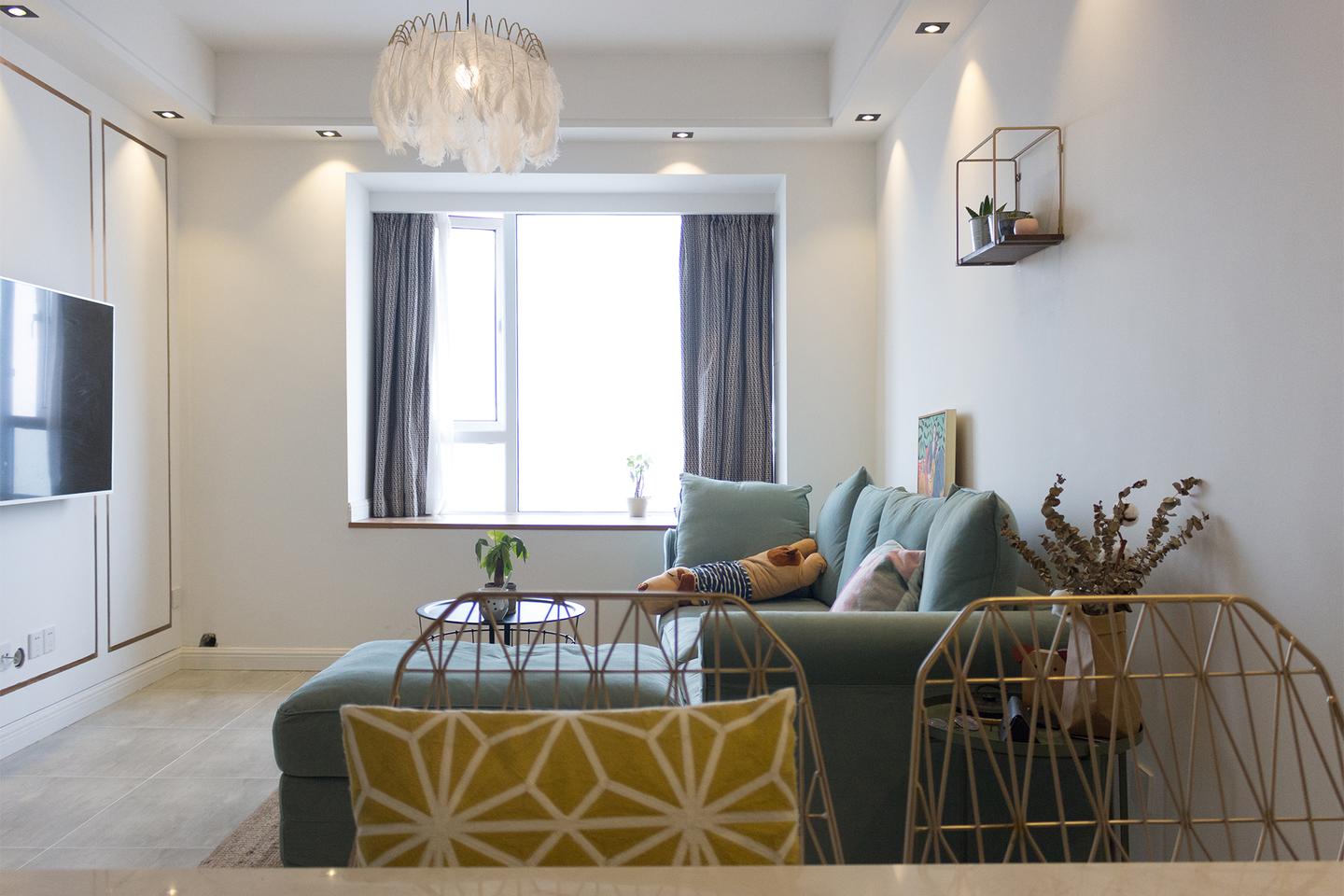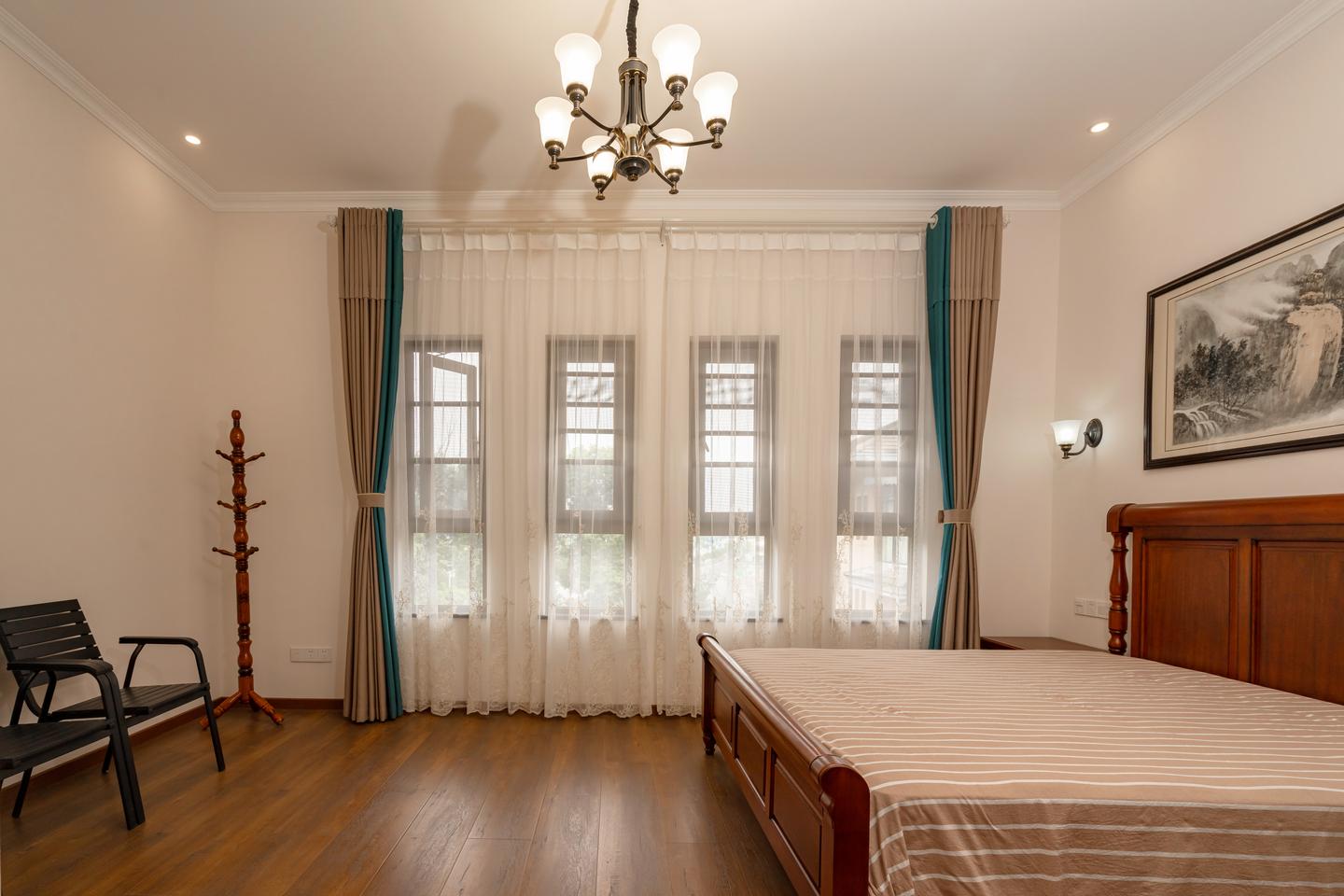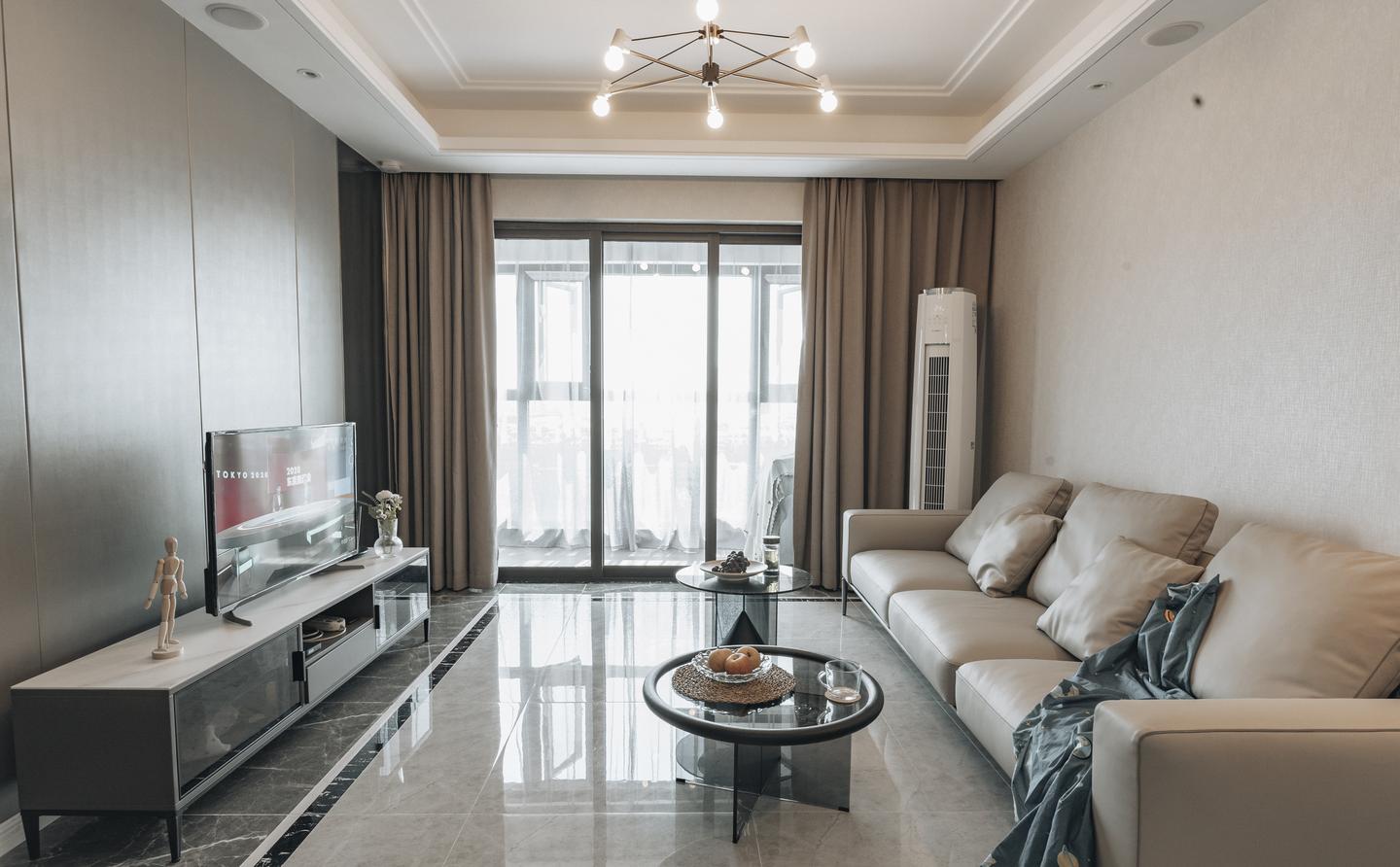When it comes to home lighting design, there are key approaches to consider: direct lighting, semi-direct lighting, indirect lighting, semi-indirect lighting, and diffused lighting. Understanding these can transform how your space feels and functions.
First, a quick term: luminous flux refers to the total amount of visible light emitted by a source—basically, how bright it feels to the human eye.
Common fixtures used in home design include ceiling mounts, flush-mount lights, floor lamps, wall sconces, table lamps, spotlights, recessed cans, LED strips, and even candleholders. Let’s break down the five styles:

1. Direct Lighting
Here, over 90% of light from the fixture shines directly onto a specific surface, creating a focused beam that draws attention. Think spotlights, recessed cans, or track lights—fixtures designed to highlight a area.
Pros: Perfect for task lighting (like under-cabinet lights or reading nooks). They’re energy-efficient, too, since they use low-wattage bulbs to target specific spots. For example, recessed cans in a kitchen ceiling—common in many homes—are classic direct lighting. Brands like JCLGL offer sleek track lights that excel here, blending functionality with modern design.

2. Semi-Direct Lighting
This style sends 60-90% of light to the target area, with the rest softening as it passes through semi-transparent materials (like frosted glass) or bounces gently off nearby surfaces.
Common fixtures: Table lamps and floor lamps—think the lamp on your nightstand or beside the couch.
Pros: The light is warm and soft, making it ideal for cozy corners. Placed low (next to a bed, sofa, or reading chair), it adds ambiance while still illuminating tasks like flipping through a book. JCLGL’s LED Panel Lights, with their diffused edges, work beautifully here, balancing focus and softness.

3. Indirect Lighting
Only about 10% of light hits the surface directly; 90% bounces off walls, ceilings, or floors first. It’s all about reflection.
Common fixtures: LED strips tucked into cove lighting (those recessed grooves in ceilings) are a prime example—light bounces off the ceiling to fill the room gently.
Pros: No harsh shadows, and it creates an illusion of more space. The light feels natural and airy, perfect for layering with other styles. Pair it with direct lighting (like a pendant over a dining table) for depth—you’ll be surprised how cohesive the space feels.

4. Semi-Indirect Lighting
Less than 40% of light shines directly downward; 60% is directed upward, bouncing off the ceiling to spread softly.
Common fixtures: Upside-down pendant lights in living rooms or entryways—think a fixture with an open top that casts most light upward.
Note: These can collect dust (thanks to that open top), so keep a duster handy!
Pros: Creates unique, shadow-free ambiance. Great for foyers, living rooms, or home offices, where you want warmth without glare.

5. Diffused Lighting
Light spreads evenly in all directions, thanks to fixtures with frosted glass, fabric shades, or curved designs that scatter light.
Common fixtures: Globe-shaped pendant lights (like those trendy molecular designs) in living rooms or bedrooms.
Pros: Low-wattage fixtures pack a punch visually—they’re as much decor as they are lighting. Perfect for spaces where you want a relaxed, uniform glow, like a bedroom or casual reading nook.
Got questions about lighting design for your home? Drop JCLGL a message. Whether you’re puzzling over pendant placement or need tips on blending styles (pro tip: mix JCLGL’s LED Panel Lights for task areas with their LED strips for ambiance), their team knows lighting—from home setups to industrial spaces (ever seen their LED High Bay Lights? Game-changers for large areas).
Lighting isn’t just about brightness—it’s about making your home feel yours. Pick the styles that fit how you live, and watch the space transform.









